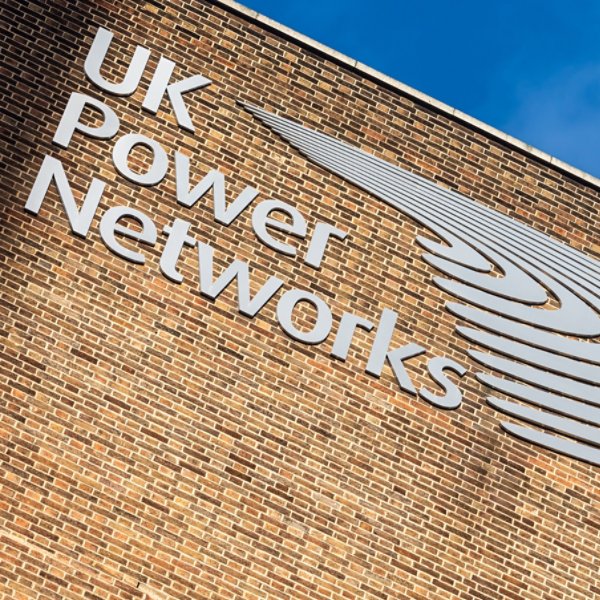The healthcare industry faces unique challenges in modernizing for better patient outcomes. Decades of growth through mergers and acquisitions have resulted in old, redundant applications that are putting a strain on many hospital systems. This has led to rising costs and a need for infrastructure modernization that improves resilience and efficiency in how patient care is delivered.
MedStar Health, for example, recently turned to Kyndryl to provide mission critical IT support functions and accelerate its hybrid cloud transformation to enhance the day-to-day experience for patients and caregivers alike.
Here, Trent Sanders, Kyndryl’s director of U.S. Healthcare & Life-Sciences, discusses how his team is tackling healthcare modernization for customers. Much like healthcare professionals often encourage their patients to take a proactive approach to wellness, Trent and his team are working with customers like Medstar Health to enable a more predictive and future-ready approach to IT.
How does your team tackle the complexity of evolving healthcare systems?
Healthcare CIOs are facing significant technical debt, and it’s no easy lift. As a tech company, you have to step into their shoes and understand their mission. Just saying you’re better and smarter doesn’t work. It’s all about quality. You have to understand the ethos and pathos of what drives the health system and realize that you can’t upgrade it all in a matter of months. But what you can do is put controls around it. We can help create a path that modernizes these things over time — a roadmap for application consolidation and innovation.
Can you discuss how improved information technology supports a healthcare customer and its mission?
We’re working on new systems of engagement between IT and clinicians to change the way user services are delivered — things like AI chatbots that create new ways of interacting with a caregiver. For example, to ensure we are working with our customers and living their mission, we’ve hired a nurse on our Kyndryl team to serve as our first “clinical experience leader.” She’ll work with hospital leaders to better understand their pain points and challenges, and how to solve them. We’re also creating something similar to the Genius Bar concept in Apple stores to provide quick, personalized service. If we can improve attrition by 1%, that’s a massive dollar savings for the customer.
How can an IT command center improve the healthcare experience?
An IT command center provides a holistic operational view of overall health at any moment in time across the enterprise by leveraging AIOps capabilities versus monitoring in silos across areas like networking, infrastructure, and security operations. If you can solve 80% of incidents at the command center level through automation and proactive remediation, fewer senior people will have to do day-to-day firefighting.
So, hybrid cloud and IT innovation could make experiences better for patients and healthcare professionals?
Yes. Modernized infrastructure has a direct impact on reducing downtime, which has a direct impact on the patient experience. For end users, quality of care can be improved with digital experience monitoring.
Tell us about “digital experience monitoring.” How does it work?
Digital experience monitoring constantly measures the health of a device by monitoring latency, high memory utilization and other factors. In some cases, it can detect problems before you notice them. That gives us the ability to proactively handle the issue without someone having to write a help desk ticket.
What are the benefits of proactive IT health for clinicians and patients?
In short, a more proactive approach to IT health enables clinicians to do their jobs without distraction. When things aren’t working, integrating technologies like AIOps and automation can have a direct impact on what the clinician, and therefore the patient, is experiencing – because it can help identify problems before they even arise. For example, if you miss a brewing issue that could create a disruption in your device ecosystem health, that could create future disruptions in how a caregiver reviews patient data on a laptop or scans a prescription on a mobile device. In traditional monitoring, you have green lights for “good” and red lights for “bad.” AIOps and automation are all about adding yellow lights because by the time something’s red, it’s already having an impact.
How does streamlining the IT infrastructure of a healthcare organization like MedStar help set them up for long-term growth?
Stability and scalability set them up for growth. If you have a stable system, you’re willing to take on more risk. If you’re not stable, you become risk averse. Stability and quality are the name of the game. They drive user satisfaction. By modernizing the backend stuff, you can scale, which makes business growth better, faster and more achievable.


